Optimal Timing for Damaged Roof Replacements
Damaged roof replacements are influenced by seasonal weather patterns and environmental conditions. Understanding the optimal timing can help ensure the durability and quality of the replacement process. Typically, mild weather with minimal precipitation provides the best conditions for roof work.
Spring offers moderate temperatures and longer daylight hours, making it suitable for roof replacements before the peak of summer.
Summer can be ideal due to dry weather, but extreme heat may affect materials and safety conditions.
Autumn provides cooler temperatures and less rain, which can be advantageous for completing repairs before winter.
Winter is generally less suitable due to cold temperatures, snow, and ice, which can delay or complicate roof replacement projects.
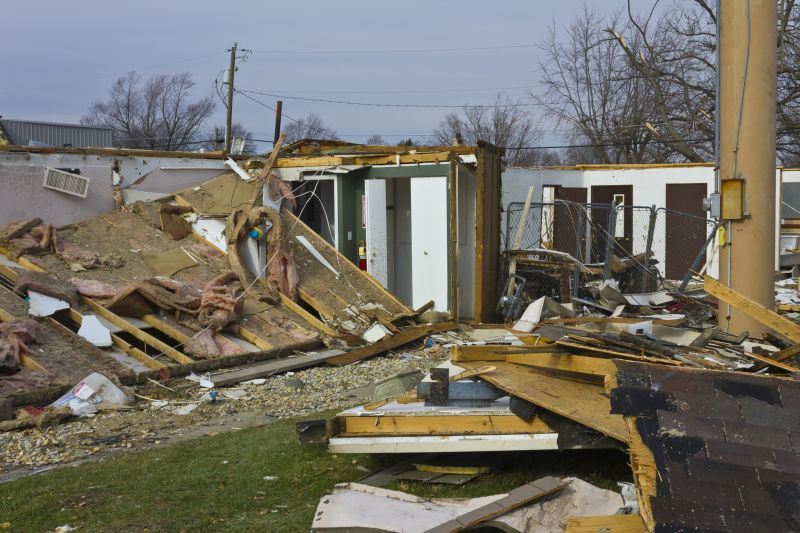
Assessing roof damage is essential before scheduling replacement, especially after severe weather events.
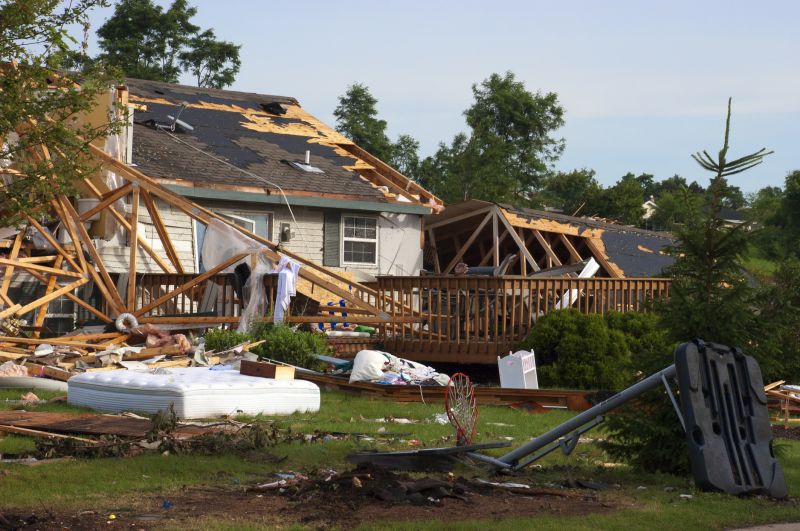
Spring's mild weather facilitates efficient roof work and minimizes delays.

Snow and ice can hinder roof replacement efforts during winter months.
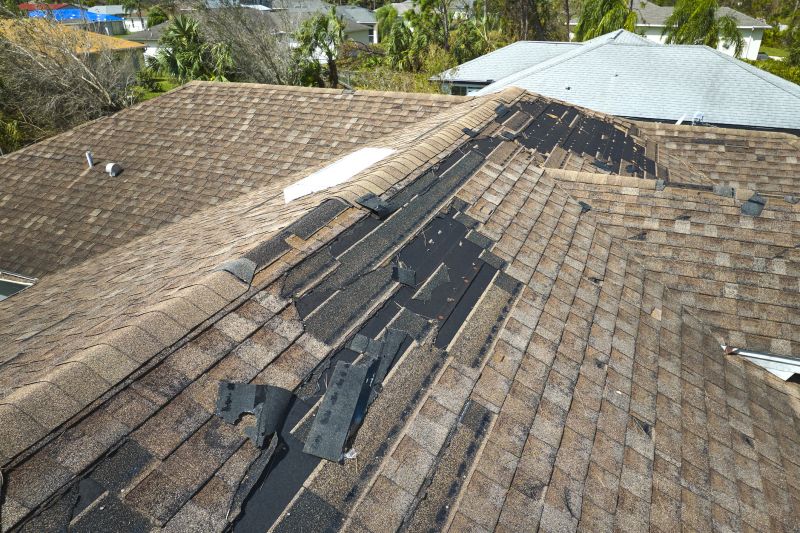
Ways to make Damaged Roof Replacements work in tight or awkward layouts.

Popular materials for Damaged Roof Replacements and why they hold up over time.
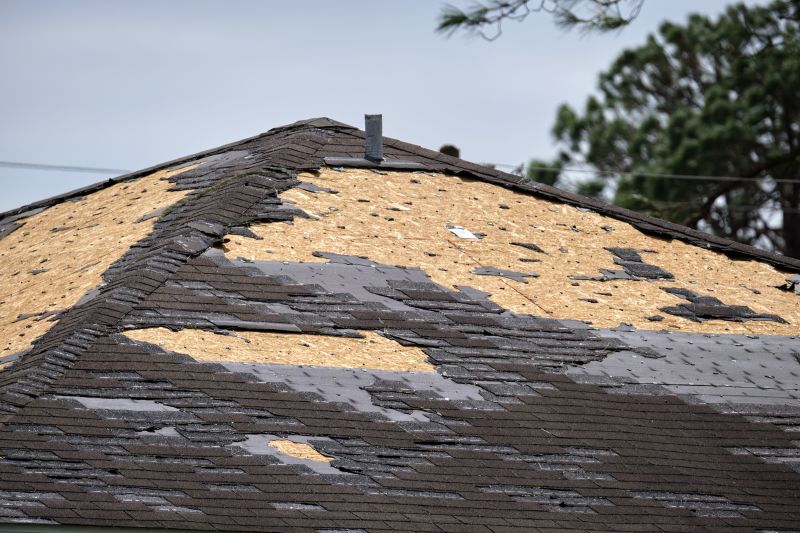
Simple add-ons that improve Damaged Roof Replacements without blowing the budget.
Damaged roof replacements are critical for maintaining the integrity of a building. The process involves removing the compromised roofing materials, inspecting the underlying structure, and installing new materials to ensure protection against weather elements. Proper timing can reduce risks associated with weather delays and material issues. Statistics indicate that scheduling roof replacements during favorable seasons can decrease project duration by up to 30%, while also improving the longevity of the new roof.
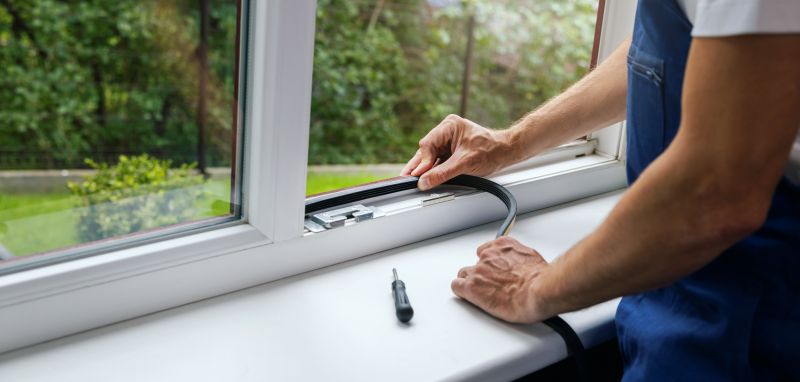
Professional installation ensures proper sealing and durability.

A new roof provides enhanced protection and aesthetic appeal.
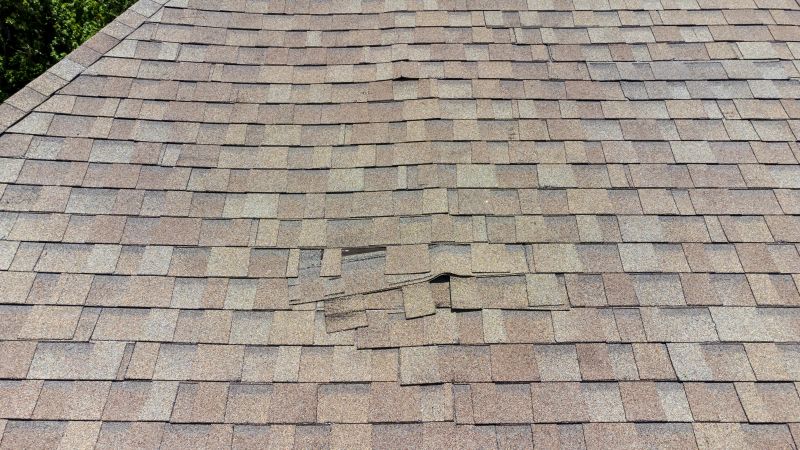
Thorough assessment identifies all areas needing repair.
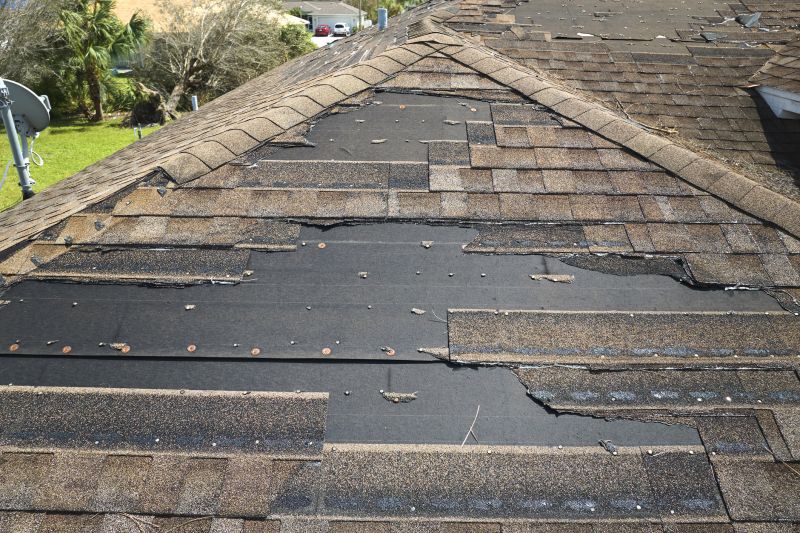
Weather conditions significantly influence roofing projects.
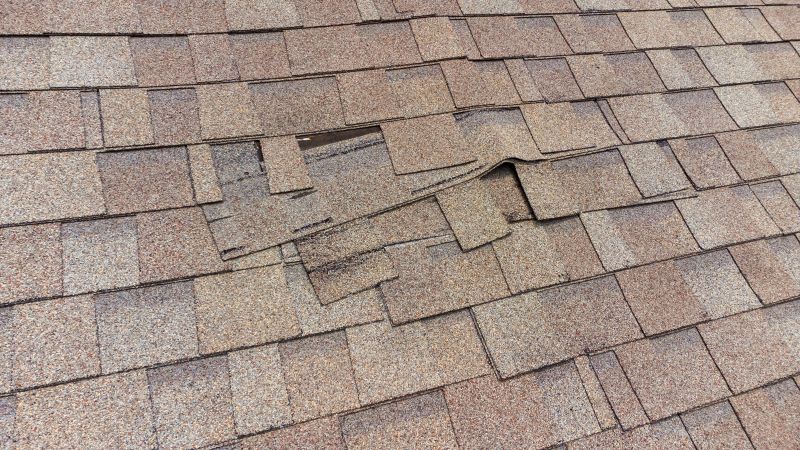
High-end options that actually feel worth it for Damaged Roof Replacements.
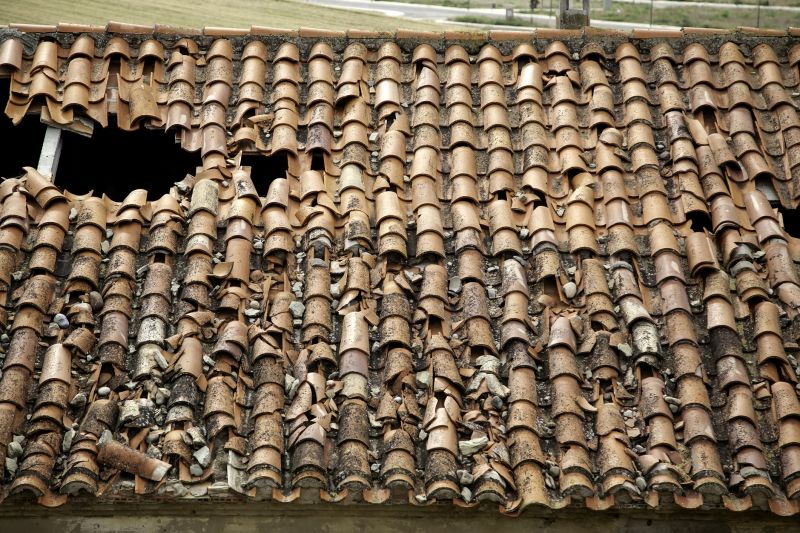
Finishes and colors that play nicely with Damaged Roof Replacements.
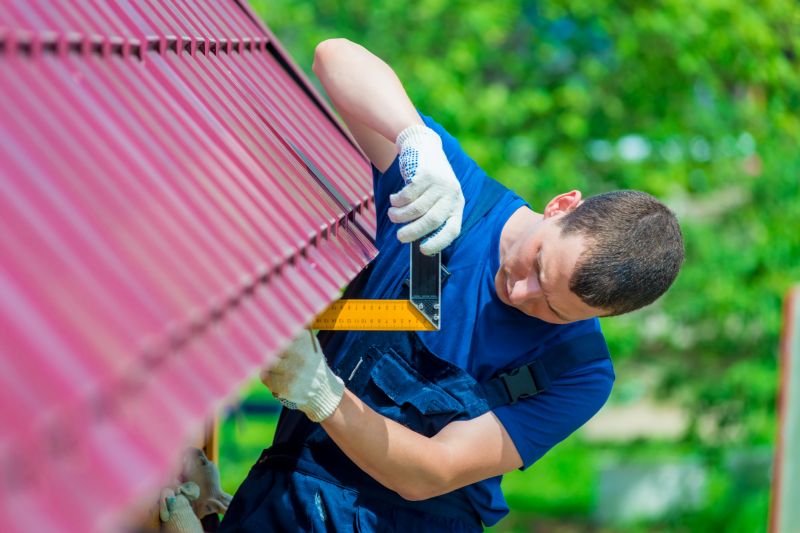
Little measurements that prevent headaches on Damaged Roof Replacements day.
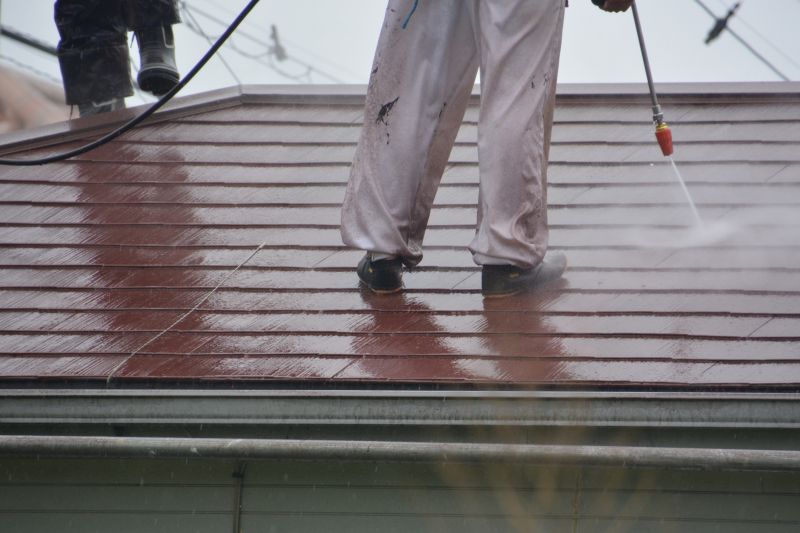
A 60-second routine that keeps Damaged Roof Replacements looking new.
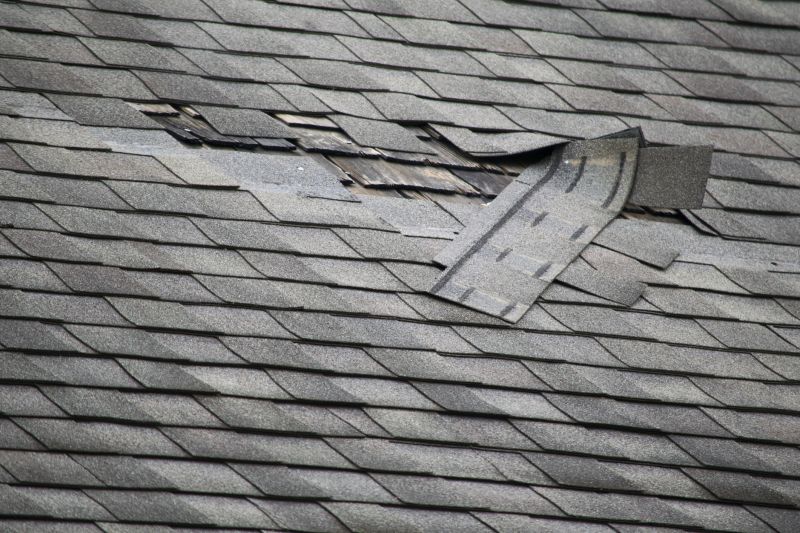
A frequent mistake in Damaged Roof Replacements and how to dodge it.
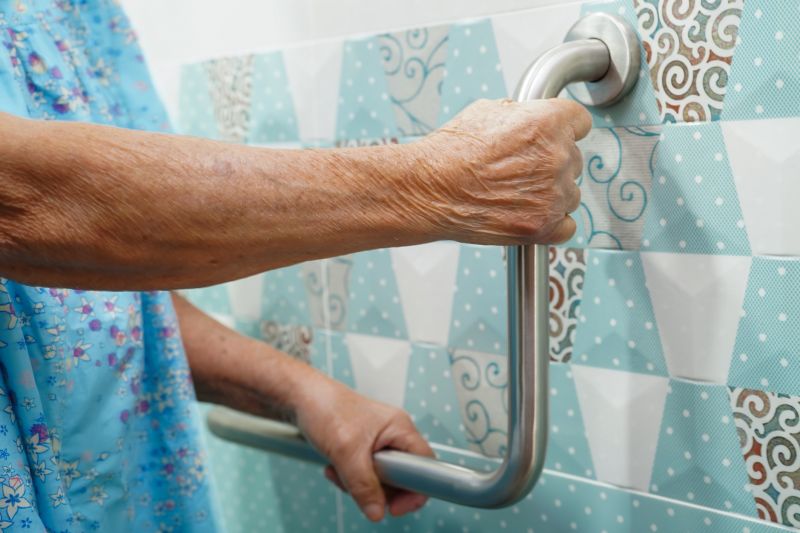
Small tweaks to make Damaged Roof Replacements safer and easier to use.
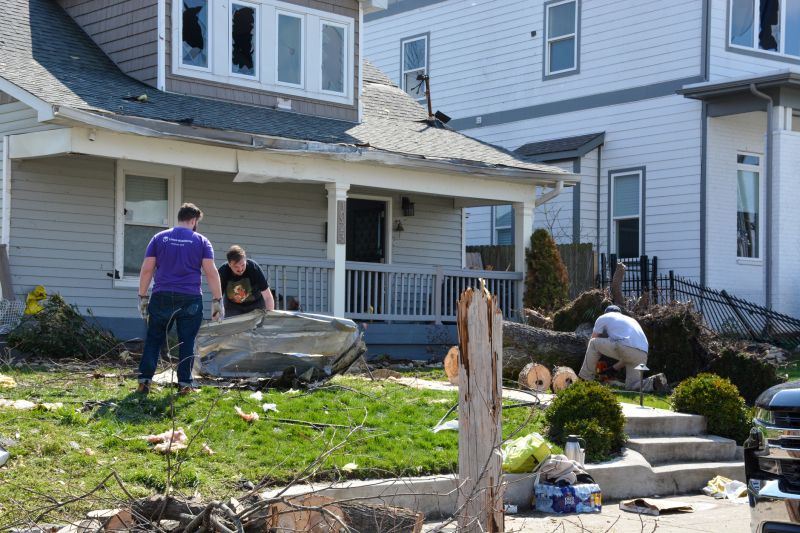
Lower-waste or water-saving choices for Damaged Roof Replacements.
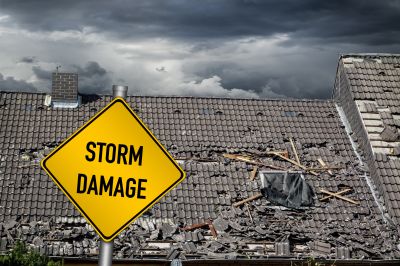
The short, realistic tool list for quality Damaged Roof Replacements.
| Season | Advantages |
|---|---|
| Spring | Moderate temperatures, longer daylight, ideal for scheduling repairs. |
| Summer | Dry conditions, but potential heat-related challenges. |
| Autumn | Cooler weather, less rain, suitable for completing projects. |
| Winter | Cold temperatures and snow make repairs challenging. |
Choosing the right time for damaged roof replacement depends on local climate and weather forecasts. Proper planning can help avoid delays and ensure the new roof's performance. It is advisable to consult roofing professionals to determine the most suitable season based on specific conditions and damage severity.
For those interested in scheduling a damaged roof replacement, filling out the contact form provides a way to receive more information and assistance tailored to specific needs.
